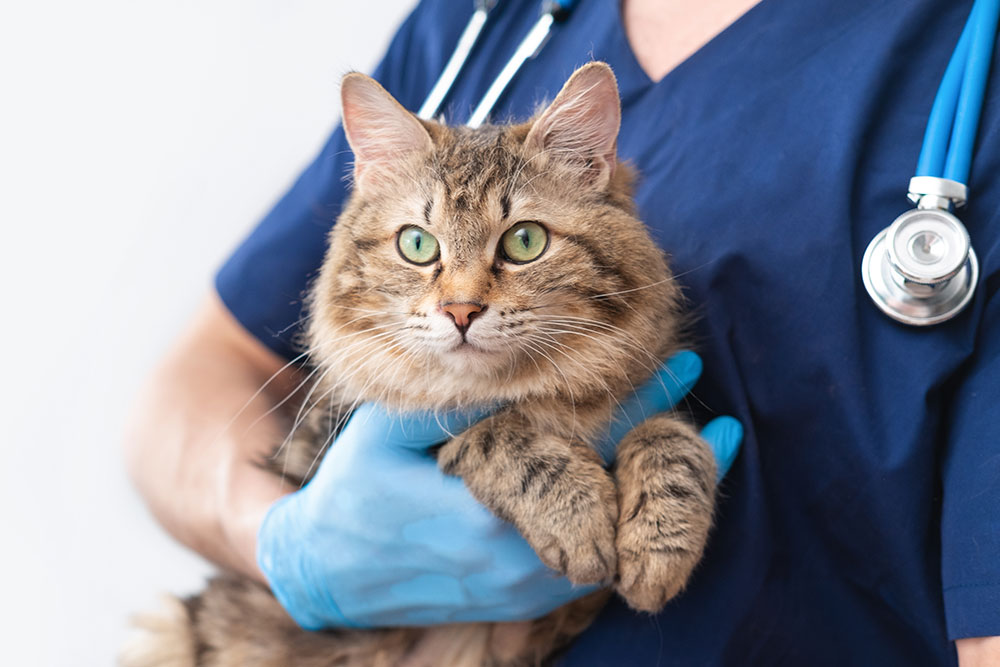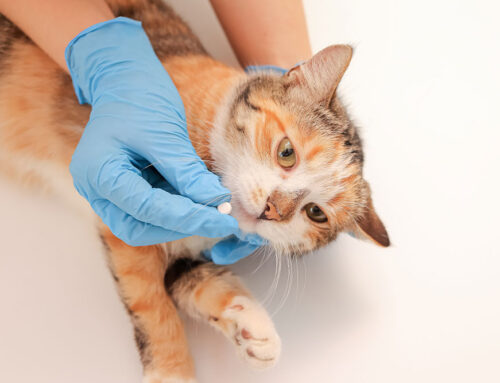Recognizing Pet Emergencies: Key Signs in Dogs and Cats
Ensuring Pet Health and Safety
At WesVet Animal Hospital in Brentwood, Tennessee, we prioritize the health and safety of your pets. Recognizing the early signs of distress in animals is essential for seeking prompt veterinary care and preventing life-threatening conditions. Knowing what to look for can help pet owners take quick action in an emergency.
Identifying Pet Emergencies
Pet emergencies can range from obvious physical injuries to subtle behavioral changes that indicate serious medical issues. Some of the most critical emergencies in dogs and cats include:
- Severe bleeding or open wounds
- Difficulty breathing
- Seizures or loss of consciousness
- Paralysis or sudden inability to walk
- Major trauma, such as falls or car accidents
- Toxic ingestion (poison, medications, or harmful foods)
Emergency Signs in Dogs
Respiratory Distress
Signs of breathing problems in dogs:
- Excessive panting or difficulty catching their breath
- Wheezing, gasping, or choking sounds
- Blue or pale gums (a sign of oxygen deprivation)
These symptoms could indicate heart failure, respiratory obstruction, or pneumonia. Any sign of breathing distress warrants immediate veterinary attention.
Severe Pain or Discomfort
Dogs in pain may:
- Whine or cry continuously
- Shake, tremble, or pace restlessly
- Refuse to eat or move
- Show aggression or sensitivity to touch
Common causes include injuries, infections, bloat (gastric torsion), or arthritis flare-ups. A home physical exam may help assess your dog’s pain level. Learn how to perform one from the Humane Society.
Sudden Collapse or Extreme Lethargy
If your dog suddenly collapses, it may be due to:
- Internal bleeding from trauma or a ruptured tumor
- Metabolic diseases (such as diabetes or Addison’s disease)
- Poisoning or heatstroke
A collapsed or extremely weak pet should be evaluated by a veterinarian immediately.
Emergency Signs in Cats
Urinary Distress
Signs of a urinary blockage in cats:
- Straining to urinate with little or no output
- Crying in the litter box
- Frequent trips to the litter box with no success
- Licking the genital area excessively
Urinary blockages, especially in male cats, can quickly lead to kidney failure, severe pain, and death if untreated. Immediate veterinary care is critical.
Sudden Changes in Behavior
Cats often hide pain or illness, making behavioral changes an essential red flag. Look for:
- Unusual aggression or withdrawal
- Confusion or disorientation
- Decreased interaction or excessive clinginess
These signs may indicate neurological issues, poisoning, or severe infections. To be prepared, consider taking Cat and Dog First Aid Classes from the American Red Cross.
Breathing Problems
Unlike dogs, cats do not pant frequently. If a cat is breathing rapidly, wheezing, or struggling for air, seek emergency veterinary care immediately. This could signal:
- Asthma or respiratory infections
- Congestive heart failure
- Fluid buildup in the lungs
Performing a Physical Exam at Home
Knowing how to perform a basic pet physical exam can help you assess their immediate condition. However, any concerning symptoms require professional evaluation.
Home Physical Exam Basics
- Check Body Temperature: Use a digital thermometer. Normal ranges:
- Dogs: 101-102.5°F (38.3-39.2°C)
- Cats: 100.5-102.5°F (38.1-39.2°C)
- Monitor Heart Rate: Feel for a pulse on the inner thigh.
- Dogs: 60-140 beats per minute
- Cats: 140-220 beats per minute
- Observe Behavior: Note any unusual behaviors such as pacing, aggression, or extreme lethargy.

FAQs on Pet Emergencies
Q: What should I do if my pet is unconscious?
A: Keep your pet warm, ensure their airway is clear, and transport them to a veterinarian immediately.
Q: How do I know if my pet has ingested poison?
A: Symptoms of poisoning include vomiting, diarrhea, tremors, or seizures. If you suspect poisoning, bring a sample of the substance or packaging to the vet.
Q: How can I prevent emergencies in my pet?
A: Routine check-ups, vaccinations, and preventive care can help catch problems early before they turn into emergencies.
Regular Care and Preventive Measures
Preventive care is the best way to avoid emergencies. Regular vet visits allow us to:
- Monitor chronic conditions like diabetes or heart disease
- Screen for infections or early-stage illnesses
- Update vaccinations and parasite prevention
Many pet emergencies stem from undetected health problems. Keeping up with wellness exams can reduce your pet’s risk of life-threatening issues.
Your Partner in Pet Emergency Care
At WesVet Animal Hospital, we are here when you need us most. Being prepared for pet emergencies and recognizing the warning signs can save your pet’s life.
If you are experiencing a pet emergency, call us immediately or visit our clinic.
Contact WesVet Animal Hospital
By keeping our contact information handy and educating yourself on pet health emergencies, you can act quickly and confidently if your pet is ever in distress. Our expert veterinary team is dedicated to providing fast, compassionate, and life-saving care for your pet.







Leave A Comment